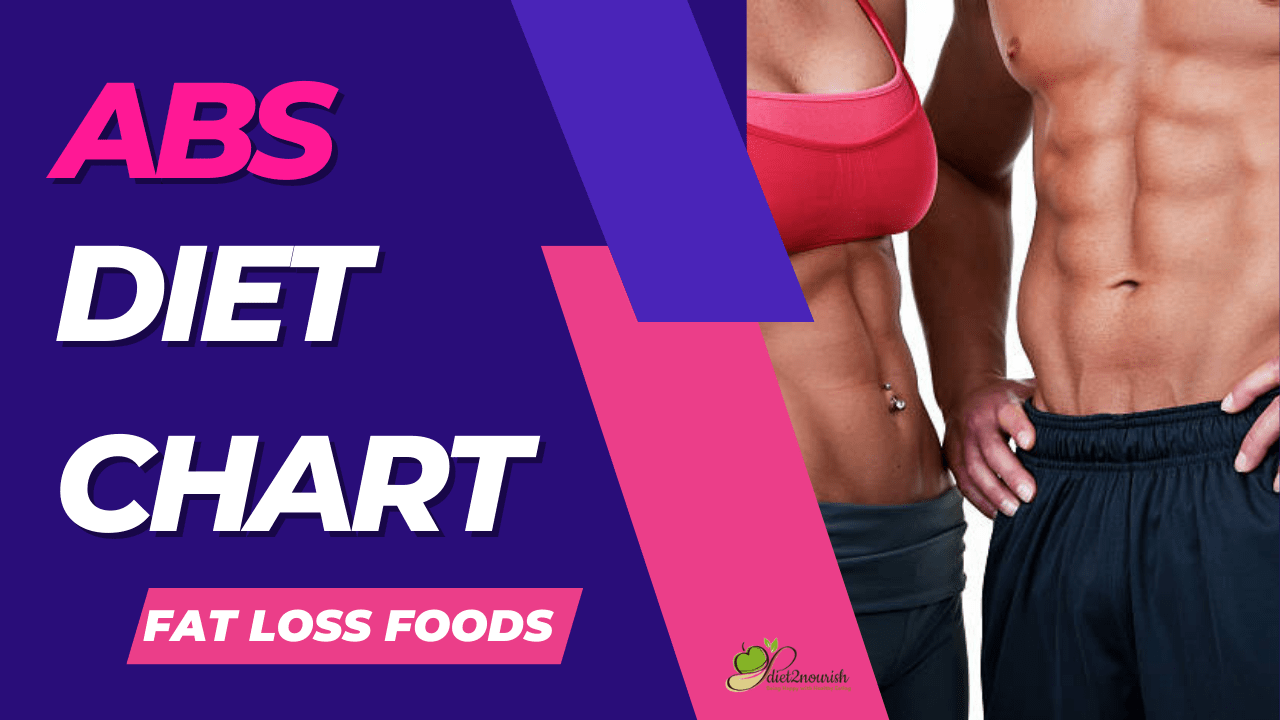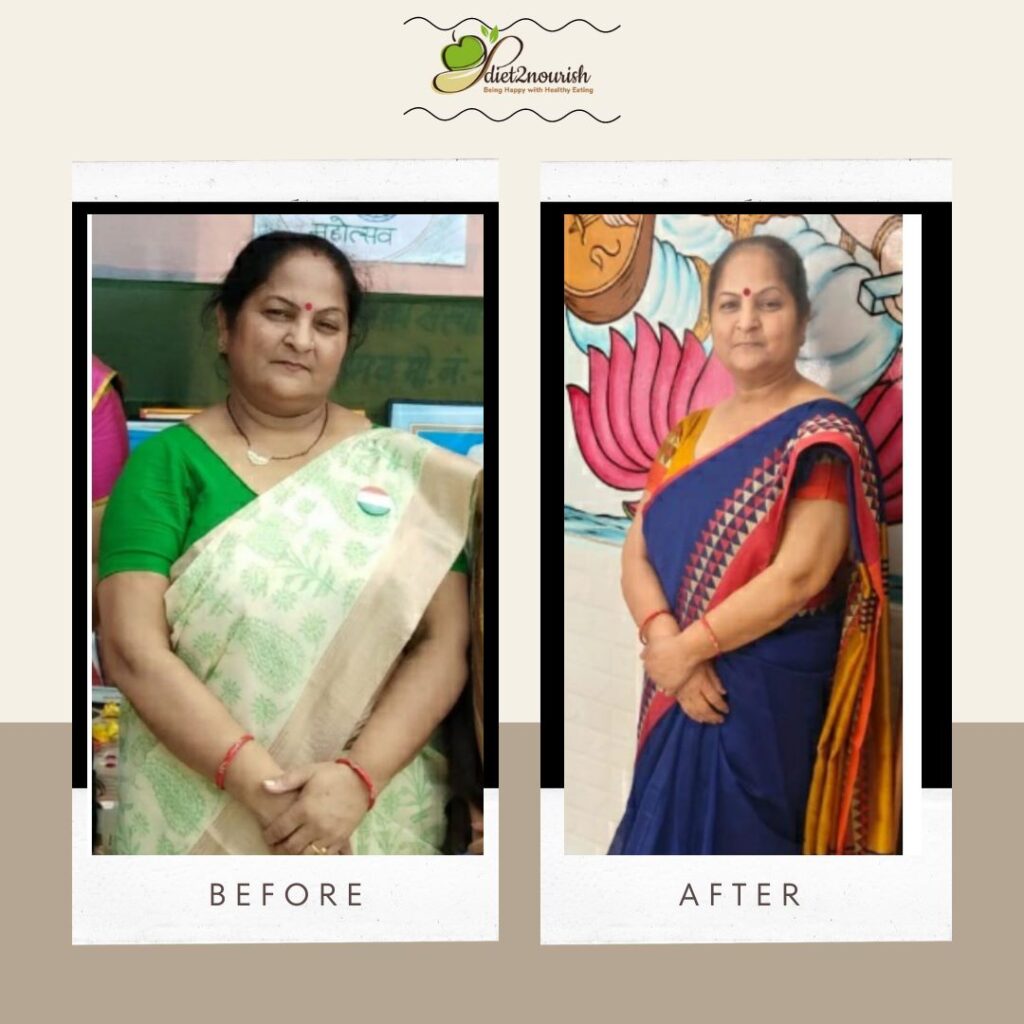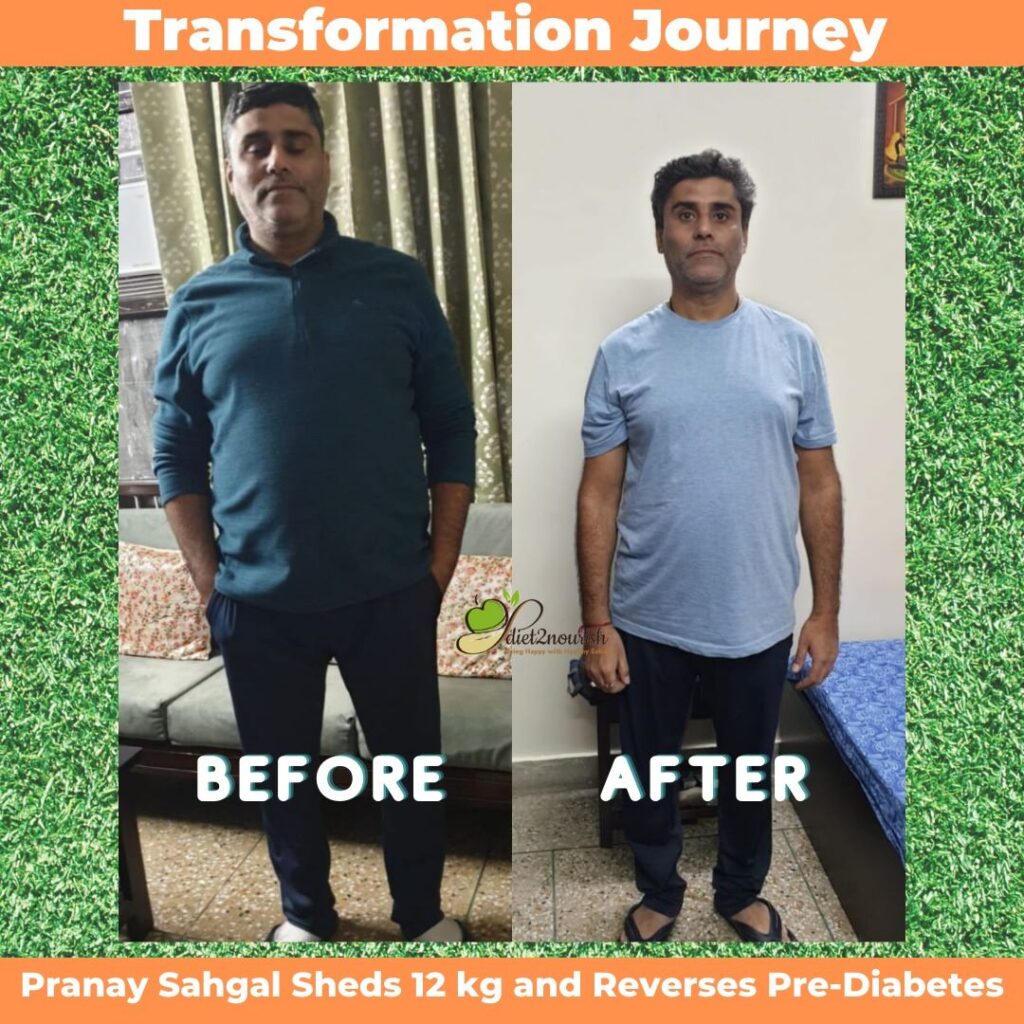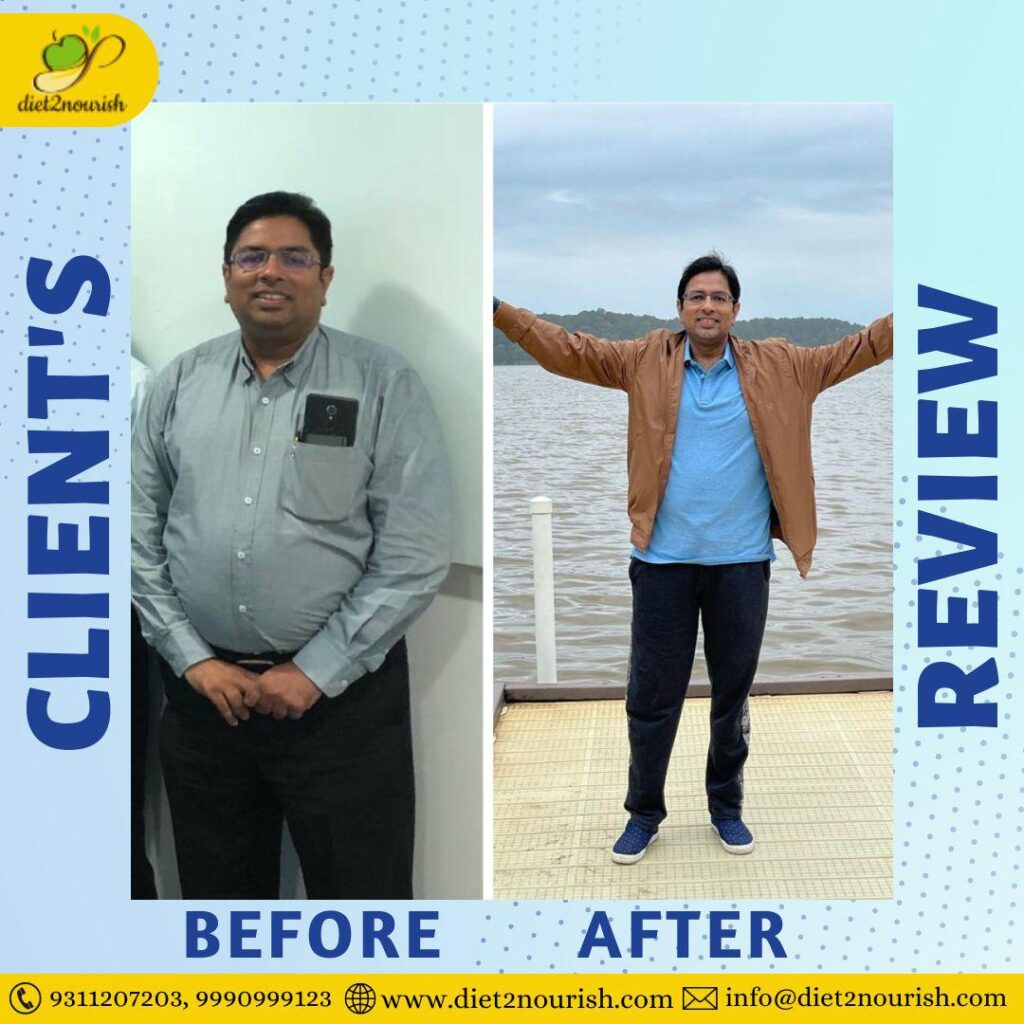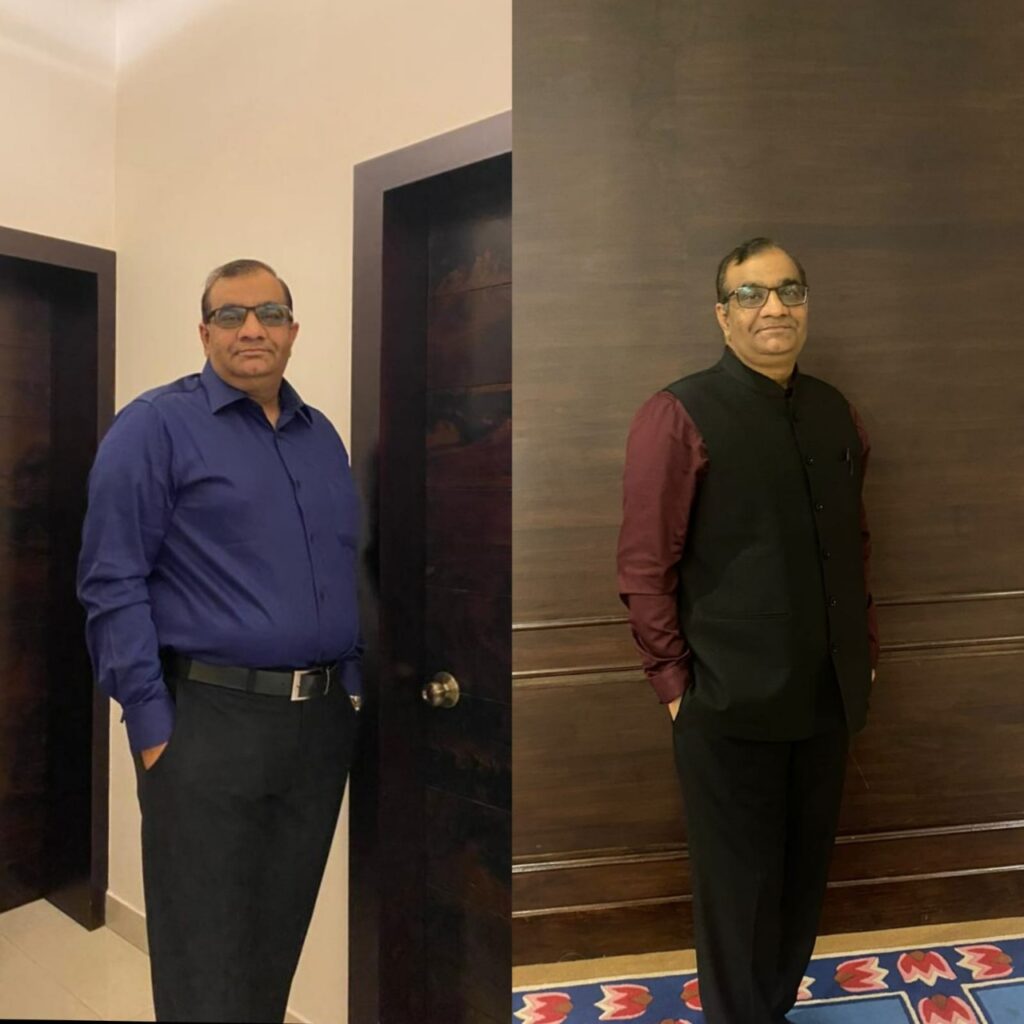No matter what age and what sex you may be, shedding extra kilos is important for a healthy life. You should manage to control your extra flab and get into shape for your own well-being. Hence, looking beautiful depends on your eating habits too. By developing abs, you will surely feel confident and look good. Follow diet chart for abs and see the result quickly.
Small steps towards changing your eating habits can make a big difference in your life. To enhance your tastebuds Dt. Priyanka Jaiswal will provide you the best variety of new foods in to your diet every two weeks. These healthy, easy meals will help you to keep track on your diet and also restrain you to eat more food.
Diet chart for abs
The road to great looking abs starts with losing fat. To achieve your goals, what you will need first is good diet charts for abs.it takes more than just hard work and exercise to get 6 packs. It involves the correct strategies and the right foods.
The right diet chart for abs should include the following:
Proteins

If you are aiming for those amazing six packs, high protein intake is must. It should make for almost 30% of your total daily calorie intake. Proteins provide multiple benefits:
- It accelerates your metabolic rate
- Prevents any loss of lean muscle mass, and
- Keeps your hunger at bay
Proteins can be found in dairy, pulses, legumes, and lean meats.
Carbs
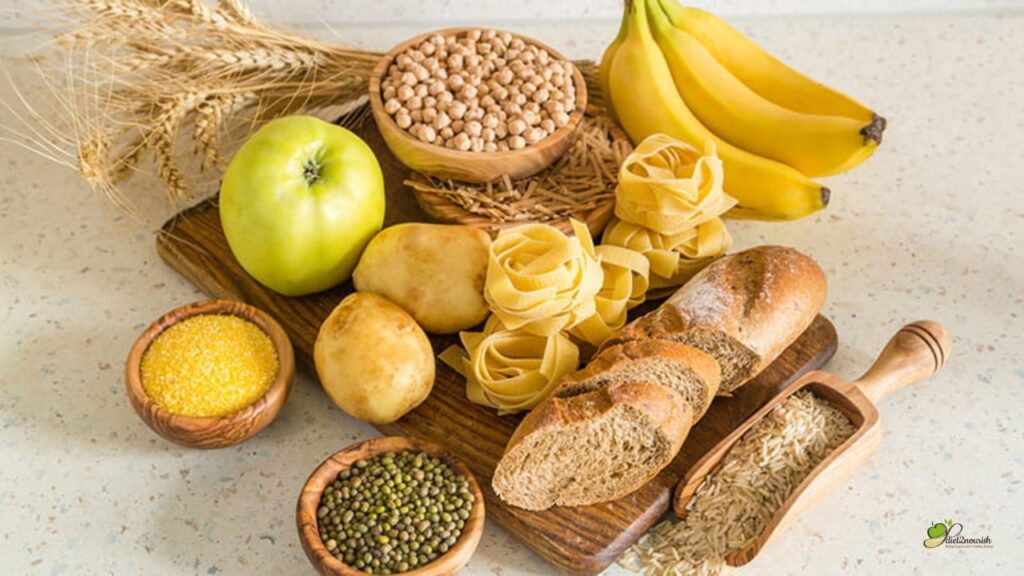
Carbs are important, but you should have it in controlled amounts. Reducing the amount of carb intake will push the body to burn out body fats for our energy needs. It also aids in water retention, creating a much leaner appearance. But at the same time, too little consumption of carbs can also adversely affect your efforts of six packs. It can intensify your food cravings and your energy levels can drop drastically. It may also plummet the body’s metabolic rate.
Along with eating the right amount of carbs, it is also crucial that you know the right time to eat your carbs. Carbs must be consumed after a workout. Complex carbs help in muscle recovery and refueling.
Fats

Your diet charts for abs permits only 3 to 5 gms of fats. Dietary fat is important for getting ripped for those six packs. Your fats should be from healthy sources like olive oil, seeds and nuts, and fatty fishes.
Factors that influence how smoothly you develop your six packs are:
- The right calorie intake matching your body weight. Eating more can make you gain weight and hiding your abdominal muscles, whereas, eating too little can reduce your muscle mass.
- Eat six meals a day. The idea is to divide your calorie intake into smaller proportions, making digestion easier and faster and keeping your metabolic rate from dropping.
- Avoid alcohol. Spruce up your fluid intake. Drinks smoothies for natural and nutritious filling.
- Time your meals intelligently and follow your schedule.
- Control your craving by observing a cheat day, but follow your diet sincerely for the rest of the week.
Diet chart for abs for female

Females are also into six pack abs these days. But saying so, female abs are slightly different from males. It is actually good to see women of today looking beyond just weight loss.
So, what does a diet chart for abs for females have to say?
The first is eating right. What should you eat:
Quality proteins:
Chicken, fish, eggs, soyabean, and low-fat dairy and dairy products.
Fresh fruits and vegetables:
Fresh fruits and vegetables rich in antioxidants should be consumed in ample in the form of soups, salads, and juices.
Nuts and seeds:
Almonds, walnuts, sunflower seeds, pumpkin seeds, and flax seeds.
Whole grains:
Brown rice, millets, quinoa, oatmeal, multigrain flours, and grain cereals.
What you should not eat:
- Aerated drinks.
- Junk and fast foods.
- Candies, sweets, desserts, candies, and creamy sauces.
- Processed and packaged food items.
Sample Diet Chart for Abs for Female:
For breakfast:
A bowl of oats porridge, some walnuts with a fruit, white of two eggs omlette / low-fat panner / 1 cup low-fat milk.
For lunch:
Salad one cup, two chapatis (multigrain) / one cup brown rice, one cup home cooked vegetables, one cup dal, one cup curd / 100 gms chicken / fish.
At midafternoon:
A cup of green tea with one fruit.
For early evening snacks:
A cup of milk with some boiled chana masala made with boiled chana / white of two eggs omlette / sprouts.
For dinner
A cup of vegetable soup, a cup of quinoa and vegetable khichdi / a cup of home-cooked vegetables with two small size rotis, one cup curd / a glass of buttermilk.
Six Pack Abs Diet Chart
Developing amazing six pack abs requires reduction of excess body fat and building strong abdominal muscles. To define your abdominal muscles, it needs a proper combination of a proper diet and exercise.
The best six pack abs diet chart:
Only a healthy diet can support adequate body composition. It should contain adequate number of proteins for muscle build up, and carbs and healthy fats for the energy you need for your workouts. Healthy diet foods are the ones that enriched our body with nutrients, minerals, proteins, carbohydrates, and more. Below mentioned are the best foods to be included in any six packs abs diet chart:
1. Green Leafy Vegetables:
Spinach, kale, lettuce, and alike are laced with the richness of calcium, antioxidants, folic acid, and vitamins A, B, C, D, E, and K.
2. Sea Foods:
Fishes like salmon, tuna, and mackerel are rich in omega3 fatty acids, mineral, proteins, and various other components that makes us more active during workouts, increases the fat burning process, and improves the body’s metabolic rate.
3. Eggs:
Eggs provides the body with energy, proteins, antioxidants, and amino acids to keep our muscles clean and healthy. The yolk of eggs can be avoided to stay away from bad cholesterol.
4. Milk and Milk Products:
Milk contains a unique type of protein called the casein protein – a type of whey protein that increases our body’s protein content. Make sure you choose low-fat milk and milk products.
5. Nuts:
Almonds, cashew nuts, and other nuts are rich in healthy fats, proteins, minerals, and many other nutrients promotes stronger muscle growth and keeps our body fit and healthy.
6. Whole grains:
Whole grains especially quinoa all 9 essential amino acids which our bodies cannot produce in ample quantities. It also has carbs, proteins, calcium, iron, magnesium, and even promotes IGF-1 that promotes hormonal muscle growth. Quinoa is the best grain to be included in all six pack diet chart vegetarians.
Diet Chart for Abs for Male

Diet chart for abs for male is based on the focus on shaping the core and incudes a few of the key components to function. The diet is based on different foods that can be customized and styled as per individual needs and likings. These are based around:
- Protein as the base of every meal. Choose foods like eggs, chicken, fish, and lean meats.
- Snack on nuts, seeds, olives, and avocados between meals.
- Get some starchy carbs like oatmeal or rye or some fruits for breakfast and your second meal.
- Go for quinoa, brown rice, and sweet potatoes during lunch.
- Fill your evening meal with vegetables. Avoid rot vegetables and starchy carbs.
- Your fluid intake should be high.
- Define a cheat day.
- Consume at least one post work out shake that includes 40-50 gms of carbs and 20-30gms of carbs.
Abs workout Diet Chart
The human body is a machine and like any other machine, it needs the right fuel to run efficiently. Working on your abs need serious attention and your abs workout diet chart should make you:
- Pay attention to the nutrition basics – vitamins, minerals, and other nutrients. Eat plenty of vegetables and fruits, lean proteins, healthy fats, whole grains, and heighten your fluid intake.
- Fuel up. Give your body the energy it needs. You should get enough calories to stay energized and injury free.
- Get enough carbs. The more active you are, the more carbs you need.
- Proteins are important: Protein provides the amino acid the body needs for muscle build up and repair.
- Fats can’t be ignored: Fats provides energy and is much needed by our body to absorb vitamins.
- Know what is needed pre and post workout.
Frequently Asked Questions (FAQs) :-
Fruits are an important component for getting well-defined abs. the best fruits are:
– Bananas: For potassium and preventing puffiness, bloating, cramps, and soreness.
– Apples: Are great sources of fibers, and also helps reduce fats.
– Cherries: Rich in poly nutrients, antioxidants, and anti-inflammatory agents, cherries help in reducing body fat.
– Blueberries: Filled with polyphenols, blueberries actively burn belly fats, and prevents muscle breakdown.
– Oranges: With vitamins and mineral, oranges help workout effectiveness and keeps our body stronger for exercises. It also helps our body cells repair and recover faster.
Foods that are not good for our waist line and abs, and we should avoid eating them are:
– Fried foods: Foods like French fries, and mozzarella strips are high in trans fats and contributes to weight gain and increased body fat.
– Sugary snacks: Sugary foods like cakes, cookies, and candies are high in empty calories and added sugar from fructose leading to more hunger and weight gain.
– Refined grains: Refined grains like pasta, white rice, and breads are low in fiber and other nutrients and increase the chances of weight gain.
– Sweetened drinks: Again, are dangerous for weight loss.
– Alcohol: Can harm both – your health as well your waistline.
Top foods to include in six pack abs food list are:
– Lean poultry – skinless chicken, turkey.
– Lean cuts of meats.
– Fatty fishes like salmon, mackerel, and tuna.
– Low-fat dairy and dairy products.
– Tofu, and beans.
– Nuts like walnuts, hazel nuts, and almonds.
– Fruits like bananas, apples, blueberries, and oranges.
– Non-starchy vegetables like broccoli, spinach, and cauliflower.
– Starch vegetables like green peas, and sweet potatoes.
– Unrefined grains like brown rice, oats, and quinoa.
– Beans and legumes such as chickpeas, kidney beans, and lentils.
– Smoothies, juices, and non-sweetened natural fluids.

